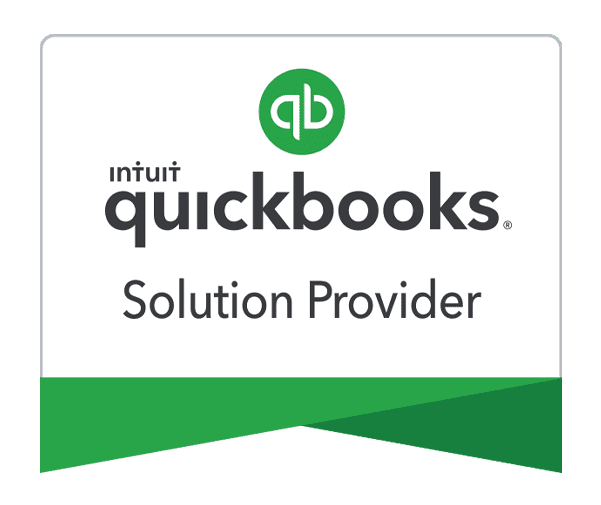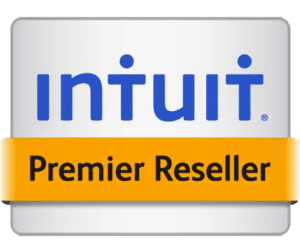Just register for the free trial below and we will send you everything you need to evaluate QuickBooks Online including 30-day access, the full 76-page QuickBooks Online Guide (details everything that you can do in the software) plus the video training library. Free end-to-end consultation and support are included so if you need any help along the way, just let us know!

Paygration, Inc.
A lesser-known but powerful accounting feature of QuickBooks Online is the ability to track activity by class and location, also known as tags. Class and location tracking helps business owners gain deeper insight into their organizations by providing an additional layer of categorization in their financial reports. This feature is only available in QuickBooks Online Plus and Advanced subscriptions, but if you need unlimited class and location tracking, you need to upgrade to Advanced.
Today we’ll provide a detailed explanation of class and location tracking in QuickBooks Online, along with some examples of when to use each or both.
Classes
Available in Plus and Advanced, classes allow you to track income and expenses across various segments or revenue streams of your business. Class tracking is especially useful for businesses that offer different product or service lines or those with individual divisions, such as products & services, wholesale, or retail. For instance, creative professionals that offer different types of services (i.e. web design, content writing, and graphic design) can use class tracking to determine which of their services makes them the most money. A retailer that sells shoes and clothing can track the sales and purchases related to each product line separately.
If you would like to try the full version of QuickBooks Online Advanced, click here to get a free 30-day no-commitment trial plus access to the full video training library.
Locations
Just like classes, locations are also available in QuickBooks Online Plus and Advanced. Location tracking, as the name itself implies, is great for businesses that operate in multiple locations, offices, cities, or countries. For example, property management companies that manage multiple rental units in different cities can use location tracking to determine which building is the most profitable and which ones need serious attention.
Can I use class and locations together?
You can use either class or location individually or both of them together. For example, property managers can use location tracking for each building and class tracking for the units in each building. If you have warehouses in different cities, location tracking can be ideal, but if you want to track the product or service lines you offer across each warehouse, then you can also use class tracking.
Benefits of Using Class/Location Tracking
Class and location tracking provides a flexible way to separate your product or service lines without the need to create unique QuickBooks Online accounts. It lets you track the profitability of each product or service line separately, and you don’t have to manually manipulate the reports to pull out the information you need.
Limitations on Classes and Locations
With QuickBooks Online Plus, you can only create up to 40 classes and locations combined, whereas Advanced offers unlimited tracking. That said, if you sell multiple product or service lines and are operating in different locations, then you should consider QuickBooks Online Advanced.
How to Turn on Classes and Locations in QuickBooks Online Advanced?
From your QuickBooks dashboard, click the gear icon > Account and Settings > Advanced > Categories > Track classes and Track Locations or only one, as shown in the GIF below.
















